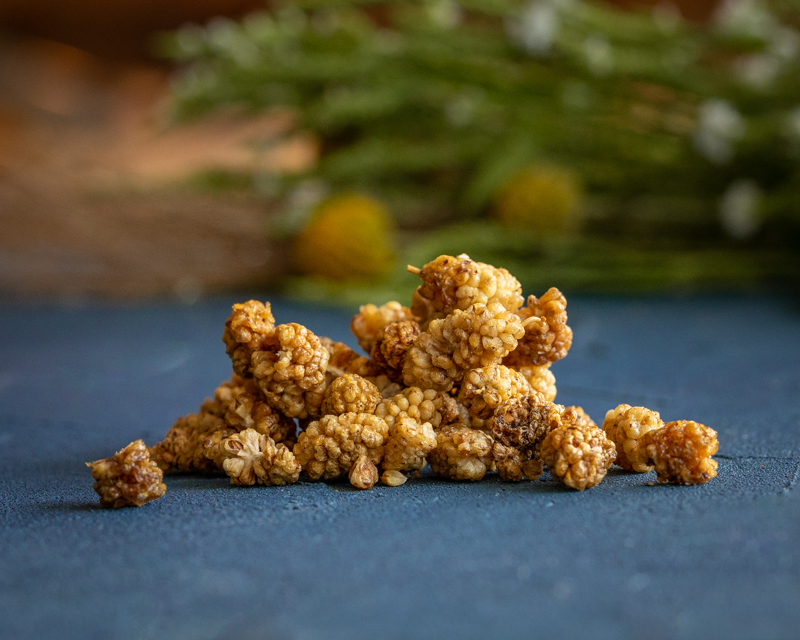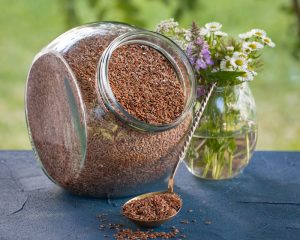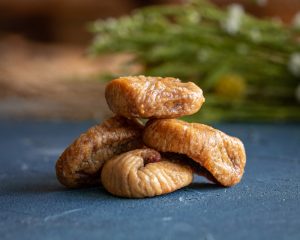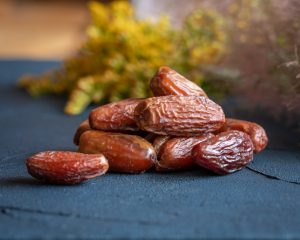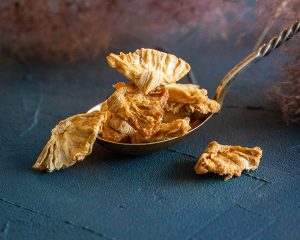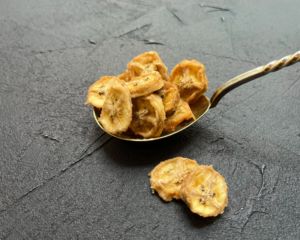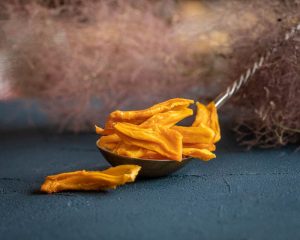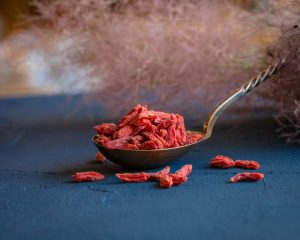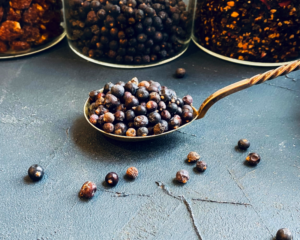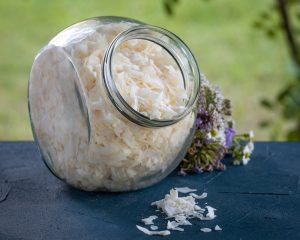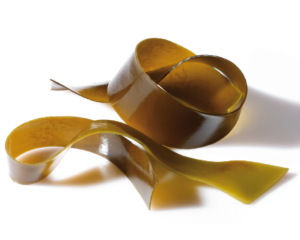Organic mulberries
From 1.80€
The tasty, sweet, raspberry-like berries of the peach tree are small, but characterised by an extremely high content of valuable vitamins and minerals. They are rich in vitamin C, iron, vitamin A, vitamin E and carotene. They are an excellent ingredient for a variety of nutritious dishes, especially good for flavouring breakfast porridge, smoothies or pastries, or simply as a nutritious snack. They are rich in sweetness-giving glucose and fructose – for this reason they are often used as a dessert, and can even be used to flavour salads or stews. They are suitable for diabetics as they have a low glycaemic index, making them a safe alternative to sweets with added sugar. However, they should be consumed in moderation.
Mulberries are rich in healthy pectins, tannins and various acids. They are rich in iron (up to 2 mg of iron per 100 g of product) and other micronutrients such as copper, zinc, manganese and selenium. They are also rich in macroelements that are beneficial for the body, such as calcium, potassium, magnesium and phosphorus.
Mulberries are rich in vitamins: they contain fat-soluble vitamins A and E, as well as vitamins C and B vitamins. It should be stressed that 100 g of berries contain up to 40 mg of vitamin C, which is almost half the recommended daily amount. Vitamin C is essential for maintaining a healthy immune system, while vitamins A and E are important for protecting cells from harmful environmental factors and for skin and hair health. Mulberries also contain flavonoids (such as resveratrol, which has particularly strong antioxidant properties). It is claimed that mulberries can help to strengthen the blood and improve its composition, making them suitable for use in anaemia. The berries are beneficial for the heart and nervous system, for the prevention of colds, they have antiseptic and anti-inflammatory properties.
NB! The information provided here should not be interpreted as a recommendation for treatment or other types of health problems. We recommend that you make personal health decisions after evaluating different sources of information.
100% organic white mulberry (Morus alba) berries
Energy value 1344 kJ / 321 kcal
Fats 0,2 g
- of which saturated fatty acids <0,1 g
Carbohydrates 61 g
- of which sugars 43 g
Fibre 14 g
Protein 10,7 g
Salt <0,1 g
Store at a temperature not exceeding 15°C, in a dry place, out of direct sunlight.

